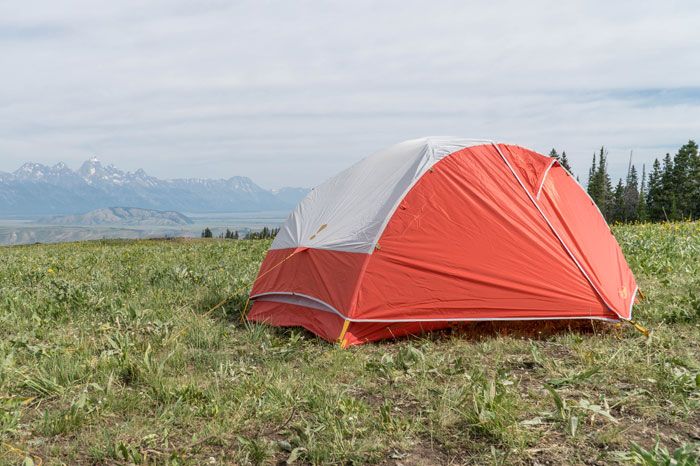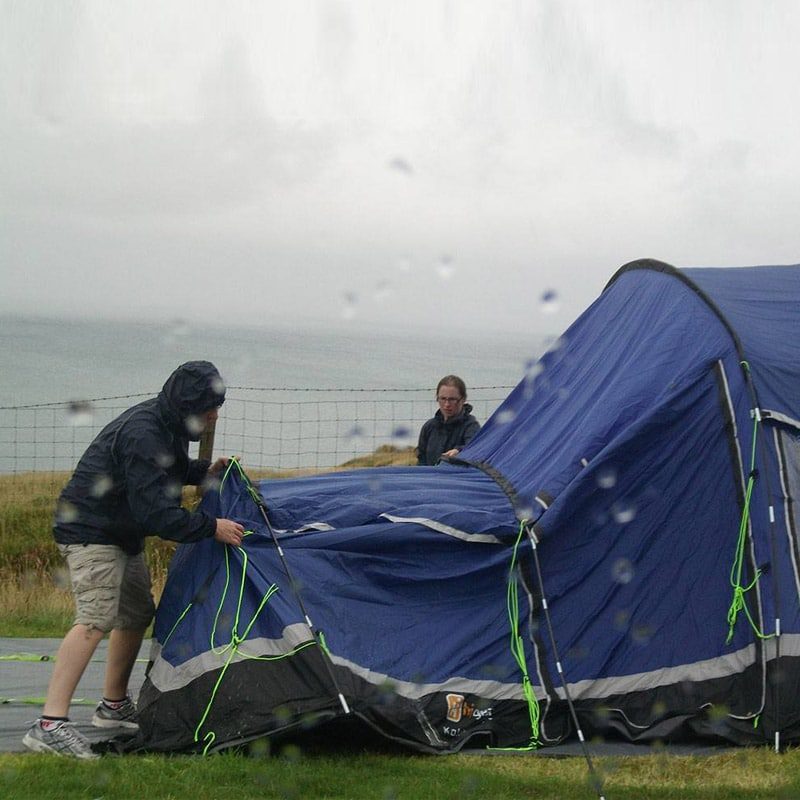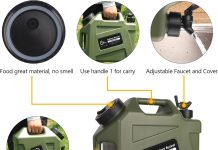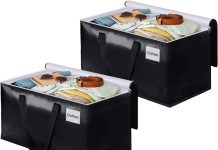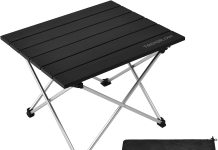When it comes to camping in windy conditions, ensuring the security of your tent becomes a top priority. After all, the last thing you want is to wake up in the middle of the night, tangled in your sleeping bag, with your tent collapsing around you. But fear not, because we have uncovered the secrets to effectively securing your camping tent and keeping it steadfast in even the fiercest of winds. So, whether you’re planning a coastal getaway or venturing into the mountains, read on to discover the best techniques that will keep your tent grounded and your camping experience enjoyable.
This image is property of eurekacamping.johnsonoutdoors.com.
Review contents
Choosing the right tent
When it comes to choosing the right tent for windy conditions, there are a few key factors to consider. Firstly, it’s important to think about the shape of the tent. A tent with a low, streamlined profile will have less surface area for the wind to catch onto, making it more resistant to strong gusts. Additionally, opting for a tent made from sturdy and durable materials will ensure that it can withstand harsh winds without being easily damaged.
Selecting a suitable campsite
Finding the right campsite can make a significant difference in how well your tent holds up in windy conditions. Look for natural windbreaks, such as forests or rock formations, that can help shield your tent from strong gusts. Avoid open and exposed areas, as these are more susceptible to high winds. Furthermore, consider the direction of the prevailing wind and position your tent accordingly to minimize its impact.
Using extra guy lines and stakes
To enhance the stability of your tent in windy conditions, it’s a good practice to use extra guy lines and stakes. Attach guy lines to secure points on the tent, such as the corners or the middle of the sides, and stretch them out to anchor points like trees or large rocks. Adding additional stakes will provide better stability, especially if the ground is soft. It’s important to ensure proper tension on the guy lines, as this will help distribute the force of the wind more evenly.
Properly anchoring the tent
Properly anchoring your tent is crucial in windy conditions. Utilize anchor points and loops on the tent to secure it firmly to the ground. If the ground is not suitable for driving stakes, anchor the tent with heavy objects such as rocks or logs. When using stakes, it’s advisable to drive them at a 45-degree angle to provide maximum resistance against the wind’s force.
This image is property of cdn.snowys.com.au.
Creating a windbreak
Setting up a windbreak can provide an extra layer of protection for your tent. A flysheet or tarp can be erected on one side of the tent, acting as a barrier against the wind. Positioning vehicles or other large objects strategically can also help block strong gusts. Additionally, consider using natural elements such as bushes or trees as additional barriers to break up the wind’s flow.
Reinforcing tent structure
To reinforce the structure of your tent, consider adding support with additional poles or trekking poles. These can be placed strategically to provide extra stability in areas prone to high winds. Upgrading your tent pegs to stronger options, such as metal stakes, can also help prevent them from being pulled out by gusts. Lastly, utilizing guylines to reinforce the tent structure will distribute the wind’s force more evenly, reducing the strain on individual parts of the tent.
This image is property of cdn.statically.io.
Taking precautionary measures
When camping in windy conditions, it’s important to take precautionary measures. Check weather forecasts and warnings before setting up your tent to ensure you’re aware of any upcoming storms or high wind situations. If the wind becomes extreme during your camping trip, it’s best to take down the tent to prevent any potential damage. Always have a backup plan in case the weather conditions worsen, such as having a nearby alternative shelter or the ability to quickly relocate to a safer spot.
Considering tent orientation
The way you orient your tent can greatly affect its ability to withstand windy conditions. Align the tent in a way that minimizes wind resistance, by pointing the tent’s narrowest side into the wind. Position the entrance away from the wind to prevent gusts from entering the tent. Additionally, close unnecessary vents to avoid wind gusts entering through them, as this can create additional pressure inside the tent.
This image is property of static1.squarespace.com.
Securing tent accessories
In addition to securing the main tent structure, it’s important to properly secure tent accessories such as the rainfly or tent footprint. Make sure they are tightly attached and properly tensioned to prevent them from being blown away by the wind. Using bungee cords or tent clips can provide added stability for these accessories, ensuring that they remain in place even during strong gusts. It’s also crucial to ensure that all zippers and closures are tightly secured to prevent any openings that can allow wind to enter the tent.
Distributing weight inside the tent
Properly distributing weight inside the tent can help enhance its stability in windy conditions. Place heavier items near the edges of the tent to provide additional anchoring and stability. Avoid suspending gear or equipment from the tent ceiling, as this can create unnecessary movement and strain on the tent fabric. Stabilize camping equipment and furniture by securing them to the ground or using straps and bungee cords to prevent them from shifting and potentially damaging the tent structure.
By following these tips and taking the necessary precautions, you can significantly increase the chances of securing your camping tent in windy conditions. Remember to always prioritize safety and be prepared for changing weather conditions. With the right tent and proper setup techniques, you can enjoy the great outdoors even when faced with blustery winds. Happy camping!
This image is property of images.squarespace-cdn.com.


